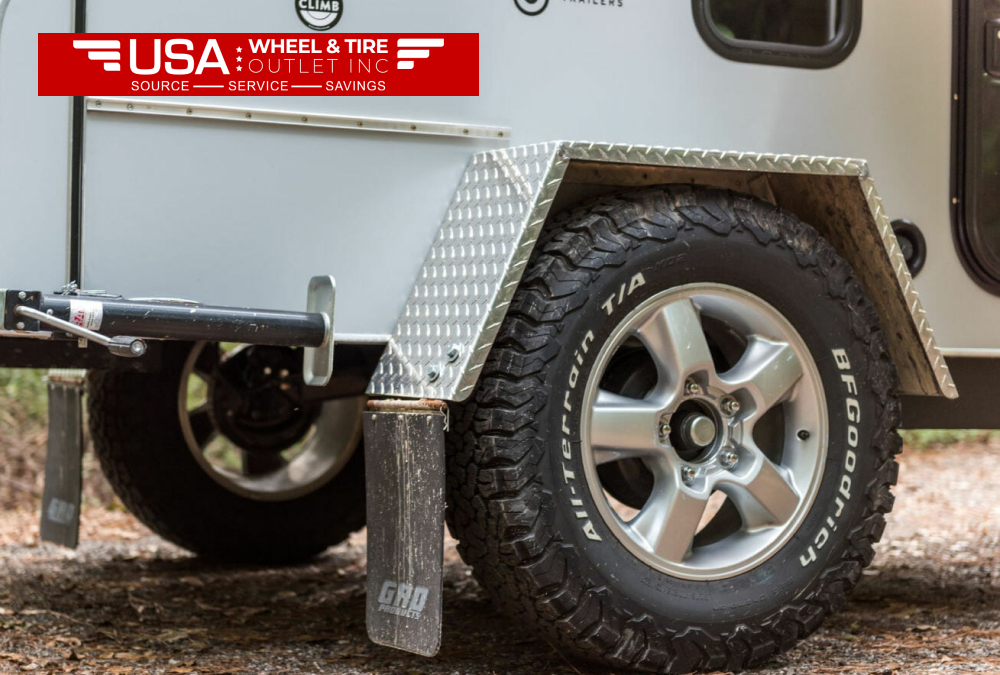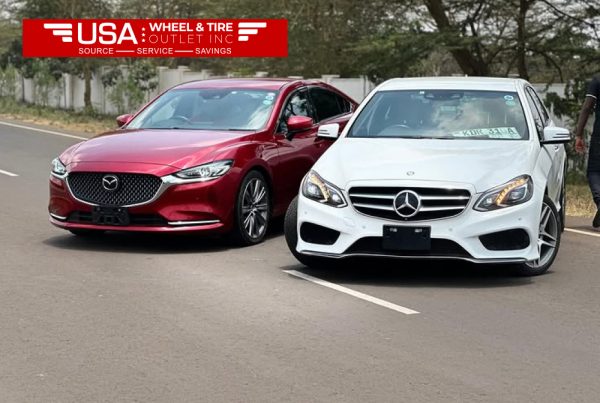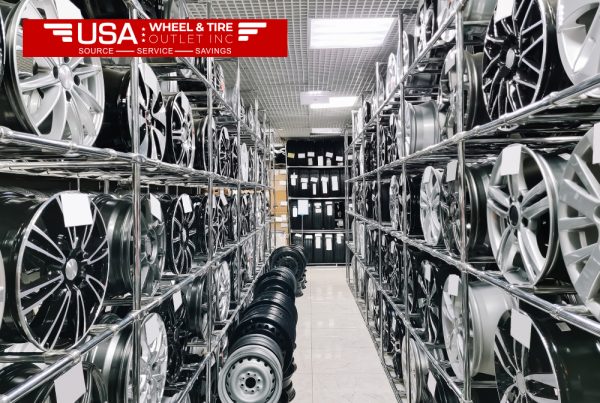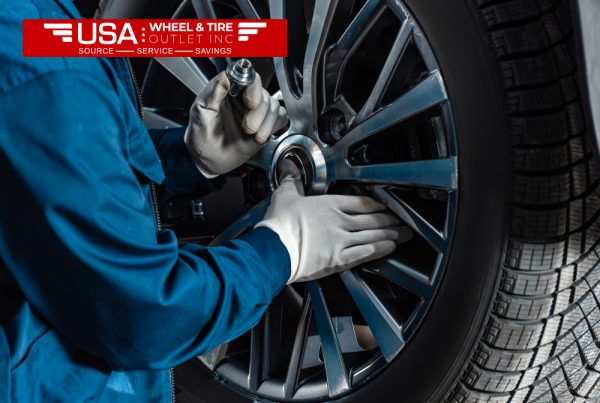Off-road adventures need special equipment and that includes the trailer tire. If you’re planning to travel through rocky trails, sand dunes, or dirt backroads having the correct off-road trailer tires guarantees the safety and comfort of your trip. The process of selecting which excellent wheels for the off-road truck will require more than simply selecting the appropriate sizeyou must be aware of factors such as the pressure of your tires as well as load capacity and performance off-road. This guide will provide everything you should be aware of to make a well-informed choice.
Why Off-Road Tires Matter for Trailers
Off-road trailer tires have been designed to withstand harsh conditions in which regular tires could not be able to. In contrast to regular tires, offroad tires come with large, sharp treads that focus on providing greater traction over uneven terrain. These tires are constructed stronger to withstand rough terrain, sharp rocks and other elements encountered on trails off-road.
Choosing the Right Off-Road Trailer Tires
If you are considering off-road trailer tires there are several aspects to take into consideration in order for best outcome: excellent outcome:
Tread Pattern: Off-road trailer tires generally have the tread pattern is more aggressive as compared to regular tires. Deep grooves rise the traction of loose surface like sand, mud as well as gravel. In the case of rocky terrain special tires that have extra sidewall protection can be used to shield against punctures as well as cuts.
Size and Load Capacity
Off-road tires come with a range of sizes. It’s essential to choose one that is appropriate for your vehicle. The larger tires, such as 35-inch ones, provide greater ground clearance as well as better performance on rough trails. It is important that you warrant that the size of your tire will work with the trailer’s wheel wells as well as suspension system. Take note of the capacity to load rating in order to warrant that the tires you choose to purchase can support the weight of your trailer fully loaded.
Tire Pressure for Optimal Off-Road Performance
Pressure of tires plays a crucial aspect in performance off-road. For bigger tires like 35-inch tires, the optimal PSI (pounds per square inch) is dependent on the conditions. Therefore, tire tread patterns have to be used for off-roading? If you are on trails that are sandy or rocky it is possible to lower the pressure on your tire in order to boost traction. This will allow tires to adjust to uneven terrain. An PSI that is 20-25 is the norm for these types of situations. For smoother roads the tire pressure must be greater at around 35-40 PSI to warrant better performance and stability.
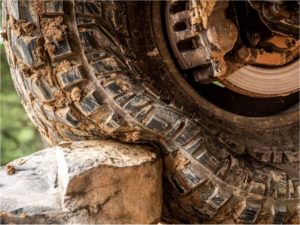
Maintaining the correct tire pressure improves off-road efficiency by preventing punctures, improving grip and lessening wear. Be careful not deflate your tires excessively, because tires that are not properly inflated can result in damage, and decrease the efficiency of your vehicle.
Sidewall Strength
Tires for off-road vehicles require thick sidewalls that guard against sharp rocks as well as other materials you will encounter while on trails. Sidewalls that are thicker rise the general durability of the tire, making sure that it will last for many off-road excursions without the risk of blowouts.
Tire Pressure: Key to Performance
A proper tire stress is amongst of the critical elements of preservation for tires, specially with regards to off-avenue tires. The right stress of your tire can have an effect on the whole thing from tire overall performance to protection, to fuel efficiency or even the tire’s lifespan.
Why Tire Pressure Matters
Off-Road performance for off-street use decrease tire strain can improve grip on loose and difficult roads. Tires with tender treads soak up bumps better and furnish greater traction. This reduces possibilities of getting caught.
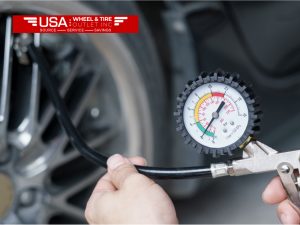
Gasoline efficiency on the road, having the appropriate tire strain can improve the efficiency of your car. Inflated tires that are not properly inflated improve resistance when rolling, leading the vehicle to use greater amounts of fuel. However, overinflated tires result in a more rough riding and wear that is more in the middle of the tread.
Tire Life The tires that aren’t properly inflated wear unevenly. The tires that are overinflated tend to wear more at the middle, whereas less-inflated tires exhibit more wear on the edges. Achieving the required levels helps warrant uniform wear and prolongs the lifespan of the tire.
What PSI Should 35-Inch Tires Be?
For off-road tires with a 35-inch diameter The recommended tire pressure is based on the conditions of your drive:
On-road for highways with pavement maintaining the PSI between 35-40 is likely to warrant greater fuel efficiency as well as stability.
Off-road In rough terrains lower the tire pressure to 20-25 PSI can boost traction because it allows the tires to bend and grip rough surfaces.
Adjust your tire’s pressure to match your weight and nature of the terrain. Making sure you check the PSI frequently prior to and following excursions off the road can loated tea recipe ensure the health of your tire and efficiency.
Fuel Efficiency and Off-Road Tires
Off-road tires aren’t generally known for their fuel efficiency due to their higher rolling resistance. However, maintaining proper tire pressure can significantly reduce the inefficiencies associated with off-road tires. Proper inflation ensures that your vehicle doesn’t have to work harder than necessary, which in turn improves both performance and fuel efficiency. For expert advice on off-road tire maintenance and selection, consult USA Wheels Tires to keep your vehicle running smoothly on any terrain.
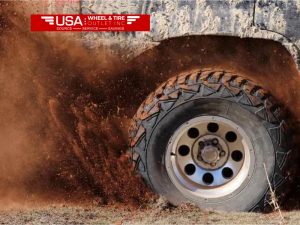
Maintenance Tips for Off-Road Tires
For keeping your off-road truck tire in good shape make sure you follow these basic maintenance steps:
Make sure to check the tire pressure regularly You should check your tire pressure prior to each trip and alter the pressure adequate to the road you’ll travel on. Make sure to use a top-quality gauge for tires.
Cleaning Tires Dirt and dirt may build up in the treads and reduce the traction. Cleaning your tires at the end of every trip to assure they are well-maintained and ready for the next adventure.
Conclusion
The right off-road trailer tire and keeping them at the right pressure will dramatically affect your vehicle’s performance as well as security. No matter if you’re with 35-inch tires or the smaller make sure to adjust the PSI depending on the your terrain and the load you’re carrying to optimize off-road capability and warrant an easier, more secure journey.
Read Also: Best Travel Trailer Tires: ST225/75R15 Explained
FAQs
1. What PSI do you recommend 35-inch tires have to be used for off-roading?
In off-road situations 35-inch tires must generally have 20-25 PSI to warrant better traction.
2. What is the impact of tire pressure on the efficiency of fuel?
A properly inflated tire reduces resistance to rolling, thereby increasing efficiency in fuel. Tires that are not properly inflated may improve energy consumption.
3. Do I need to use tires with all-terrain tread to drive off-road trailers?
They have a wide range of applications and good performances for on-road as well as light off-road situations

